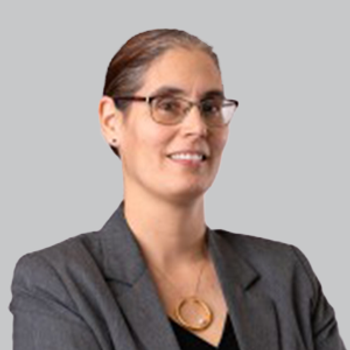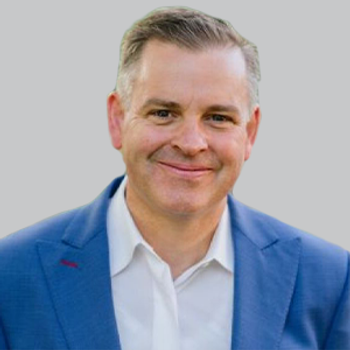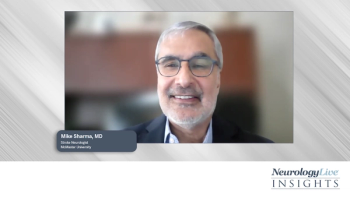
Treating Pediatric Migraine With Nerivio REN Device
After Theranica’s remote electrical neuromodulation was approved for those aged 12 years and older with migraine, study investigator Jennifer McVige, MD, MA, shared her insight.
Last week, the FDA cleared an expanded indication for the Nerivio migraine device for acute treatment of episodic or chronic migraine in adolescents aged 12 years and older.1
Theranica’s remote electrical neuromodulation (REN) device won approval based on the recently published data from a single-arm,
Additionally, according to the study published in Headache, pain relief and pain freedom at 2 hours were achieved by 71% (28 of 39 participants) and 35% (14 of 39) of participants, respectively.
To find out more about the clinical implications of this news about the device and its new indication, as well as to inquire about the current state of affairs in pediatric migraine NeurologyLive reach out to Jennifer McVige, MD, MA, pediatric neurologist, DENT Neurologic Institute, and an investigator of the safety study.
NeurologyLive: What is the biggest (or most immediate) impact you believe this new indication will have for clinicians treating pediatric/younger patients with migraine?
Jennifer McVige, MD, MA: I believe the biggest impact that new treatment for kids will have is an evidence-based treatment for migraine in children. Nerivio has been proven to be effective and safe, as well as easy to use. Compared to oral pharmaceutical medications, the side effects are minimal.
How would you describe the pediatric migraine treatment paradigm as it currently stands?
The current treatment paradigm to acutely treat headaches involves NSAIDS, triptans, rest, and a cold compress. Preventative medication involves medicines that were not initially meant to treat migraine, such as antiepileptic and antidepressant medications, as well as diet modification and vitamins.
What are some of the biggest roadblocks to diagnosing, and ultimately treating, this pediatric population?
Kids have a hard time describing their pain. Therefore, getting an appropriate migraine diagnosis is difficult. Many adults still have the misconception that children cannot have migraine. This is incorrect. Treating children for migraine is hindered by the lag in diagnosis and the very limited treatment options for children with migraine.
As an investigator in the study, what stood out for you among the data as particularly noteworthy or promising for Nerivio?
It was impressive that at 2 hours post-treatment, 69% of participants experienced improved functional ability, 71% pain relief, and 35% pain freedom. The biggest goal in treatment is getting back to regular activities and function. The most encouraging result was that only one person (2%) reported a temporary adverse event.
Do you think that now having a non-pharmacologic treatment for younger patients implies the start of a trend for more device companies seeking indications for this younger population?
I do think that having a non-pharmacologic treatment is a game-changer. Not only neurologists, but pediatricians may now feel more comfortable prescribing this treatment to kids due to the limited side effects. This may encourage other companies with device products to look towards pediatrics for a new indication.
Transcript edited for clarity.
REFERENCES
1. FDA approves Theranica’s Nerivio for acute treatment of migraine in adolescents. News release. January 25, 2021. Accessed January 28, 2021. https://www.prnewswire.com/news-releases/fda-approves-theranicas-nerivio-for-acute-treatment-of-migraine-in-adolescents-301213967.html
2. Hershey AD, Lin T, Gruper Y, et al. Remote electrical neuromodulation for acute treatment of migraine in adolescents. Headache. Published online December 21, 2020. doi: 10.1111/head.14042
Newsletter
Keep your finger on the pulse of neurology—subscribe to NeurologyLive for expert interviews, new data, and breakthrough treatment updates.



































